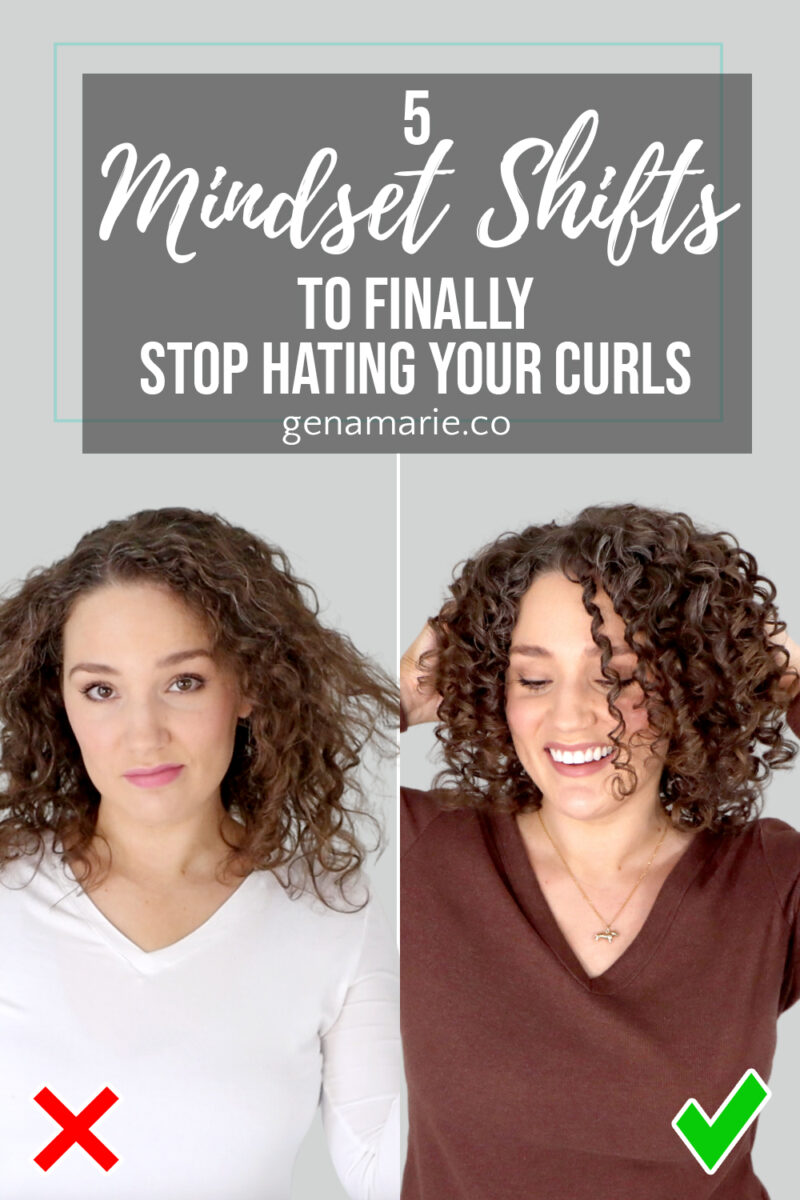
5 Mindset Shifts to Finally Stop Hating Your Curls + Simple Double-Gel Routine
If you’ve ever felt frustrated with your hair or caught yourself thinking, “I just have bad hair,” “Nothing ever works for me,” or “My curls
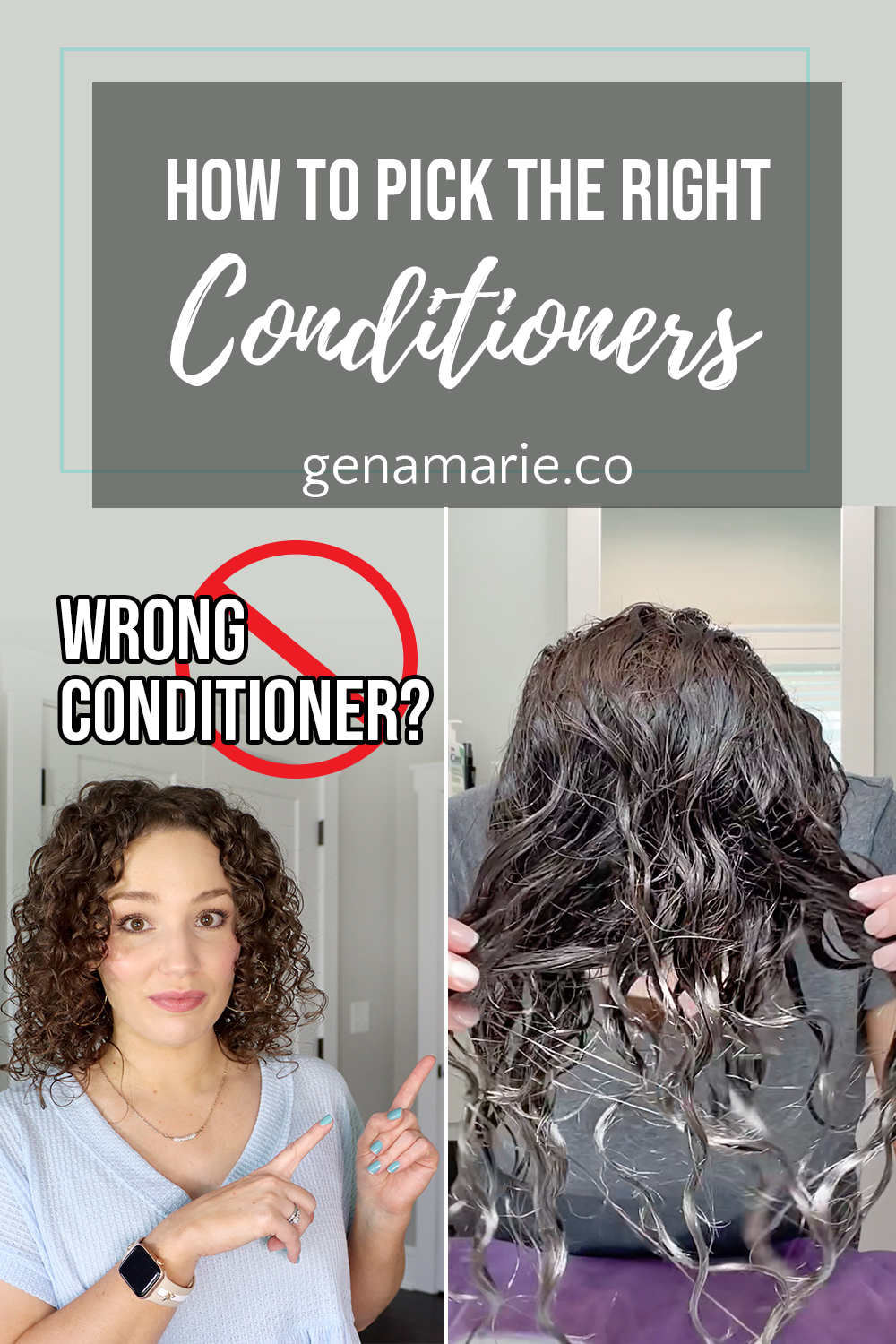
How do you know if you’re using the wrong conditioner for your curl type? With so many options for curly hair products out there, it can be so overwhelming.
I’m sharing exactly what you need to know about your curls to pick the best conditioner, including some of my product recommendations for both rinse-out conditioners and deep conditioners.
This is the last video in this series, so check out the entire series on How to Pick the Right Curly Hair Products after you watch this.
Most conditioners are pretty much the same. They’re not like styling products where they’re going to vary greatly or impact how your hair turns out. However, there are a few things to know about conditioner formulas:
Texture or strand width is the width or thickness of your individual strands of hair
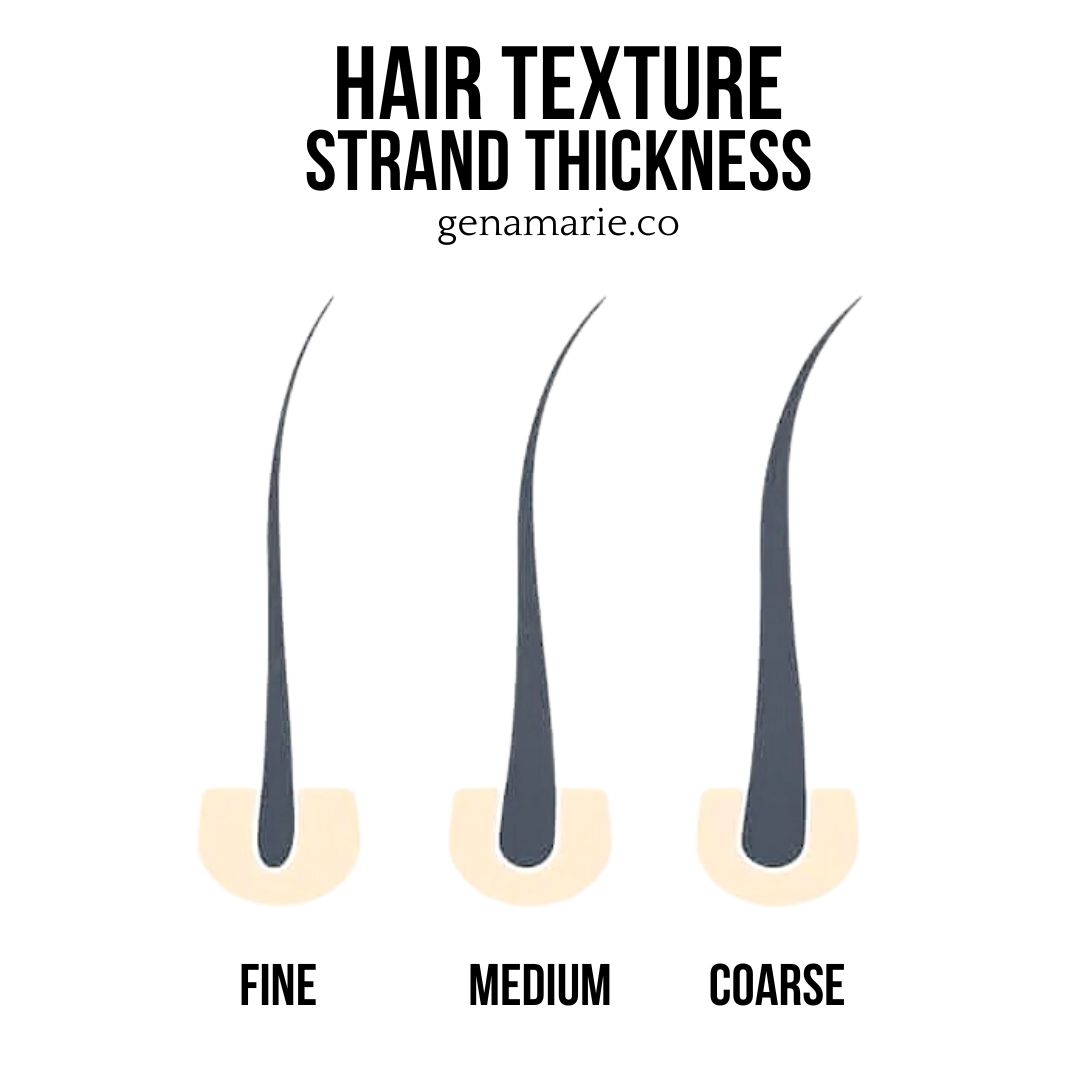
Note: You can have multiple textures. Select products based on the most prominent texture or the most problematic.
How to determine texture: Pick up a single strand of hair and feel it between your fingers. Does it feel very thick, wirey or even have kinks in it when you run your fingers down the strand? If so, it’s coarse.
On the other hand, if you can barely feel it and can barely see it then it’s fine.
If it’s somewhat in between, it’s medium.
Why it matters: Knowing your strand width will tell you how lightweight or how heavy your conditioner needs to be.
Fine hair:
✓Lightweight products with higher water content
✗ Heavy products, thick formulas, butters, and oils
Medium hair:
✓Light or mediumweight products, cream formulas
✗ Heavy products, thick formulas, butters, and oils
Coarse hair:
✓Heavy products, thick formulas, butters, and oils
✗ Lightweight products
Porosity is how damaged the cuticle layer of your hair is.
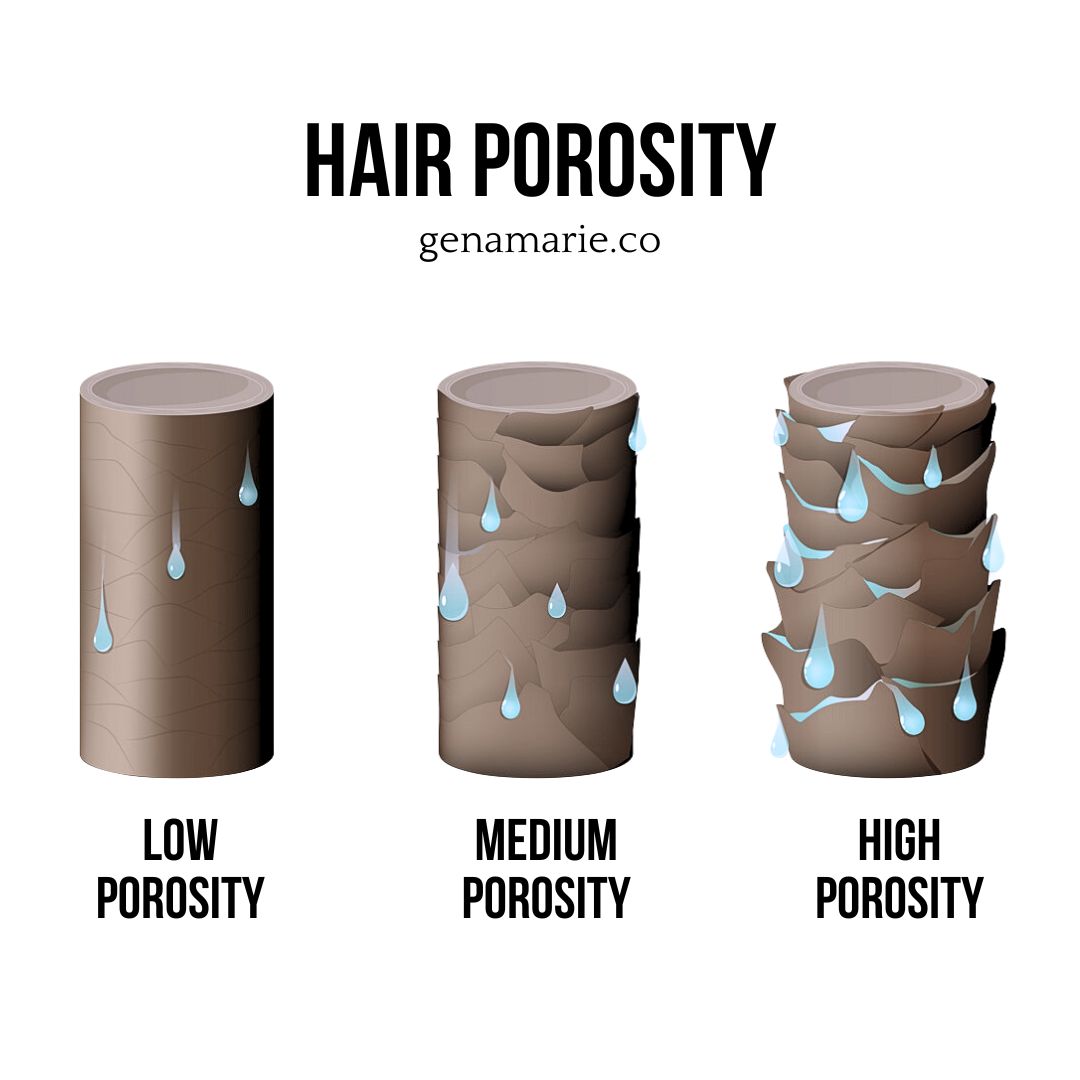
Types of porosity:
Note: You can have multiple porosities. Select products based on the most prominent porosity or the most problematic.
How to determine porosity: Think about how healthy your hair is and look for the symptoms mentioned. You can also test it by spritzing your naked curls with water and seeing how quickly it absorbs. Another method is to towel dry your clean hair and see how quickly it dries without product. Note, float tests are not accurate.
Why it matters: Knowing your porosity will tell you how much protein your hair needs. Protein can strengthen weak hair.
Low porosity: Limit protein
Medium porosity: Incorporate some protein, such as deep conditioner with protein 1-2 times per month
High porosity: Use a conditioner with protein ingredients and/or use a deep conditioner with protein 1-3 times per month
The finer and more high porosity your hair is, the more protein your hair will need.
The coarser and more low porosity your hair is, the less protein your hair will need.
The finer and more low porosity your hair is, the lighter weight your conditioner should be.
The coarser and higher porosity your hair is, the heavier your conditioner can be.
Below are some of my picks for the best conditioners and deep conditioners with and without protein and with various formula weights.
To view all of my recommendations, visit the shop page and use the filters to narrow down the results based on your needs.
Let me know if you’ve found this helpful or if you have any additional questions. Watch the full playlist to learn more about How to Pick the Right Curly Hair Products.


If you’ve ever felt frustrated with your hair or caught yourself thinking, “I just have bad hair,” “Nothing ever works for me,” or “My curls
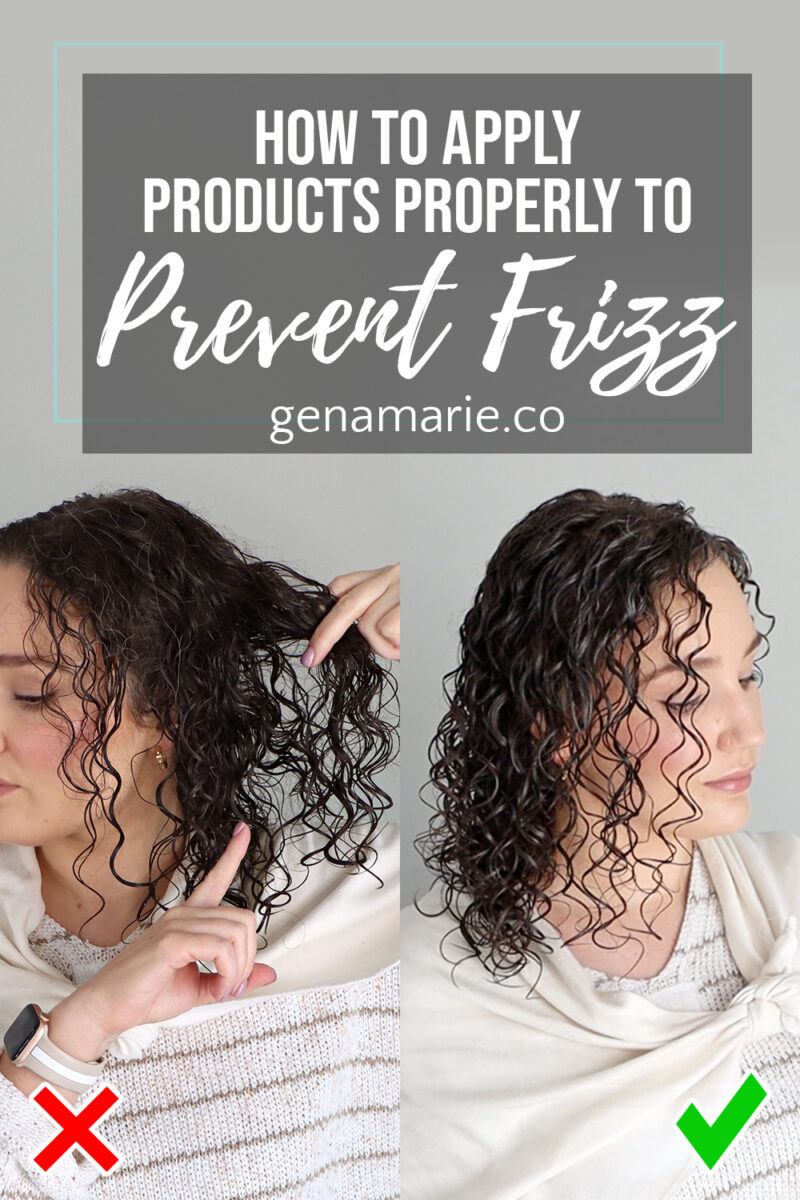
If you’re still getting frizz even though you’ve tried so many products, the issue may not be the products at all — it might be
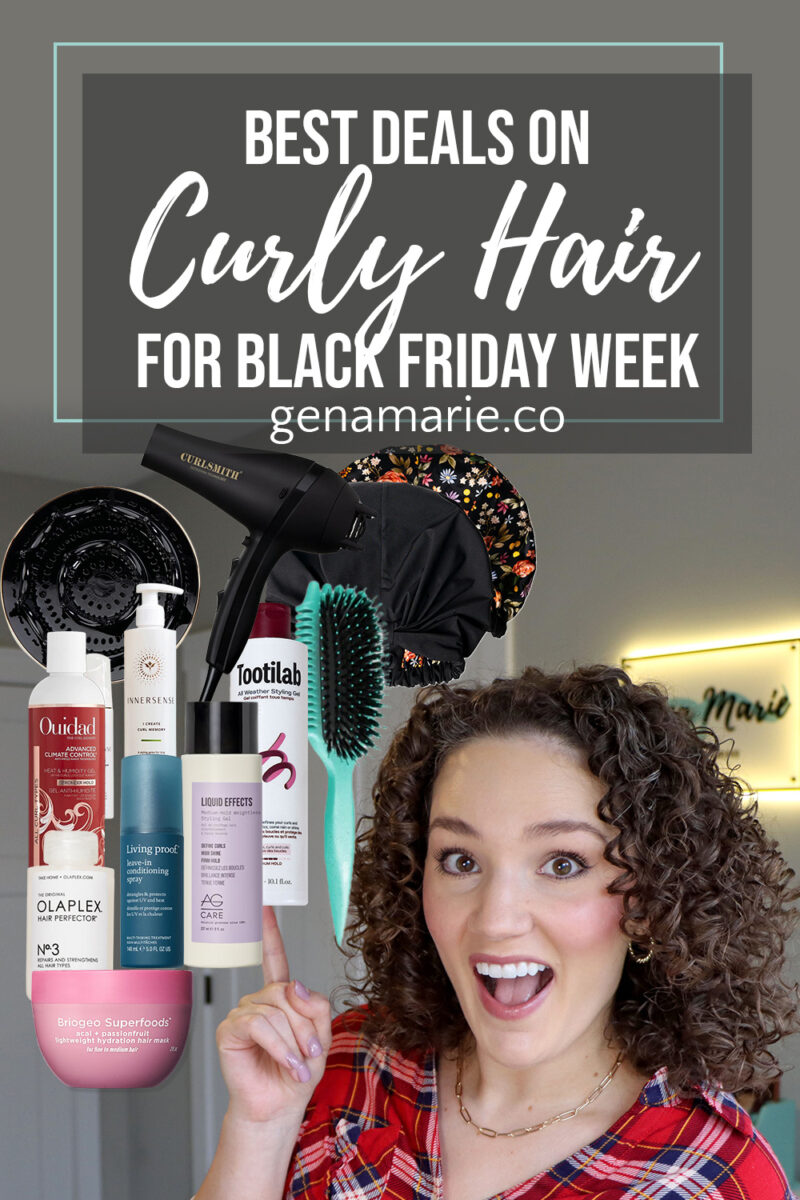
I’ve rounded up some of my top curly hair and beauty favorites that are on sale for Black Friday and Cyber Monday. I’ve included quick
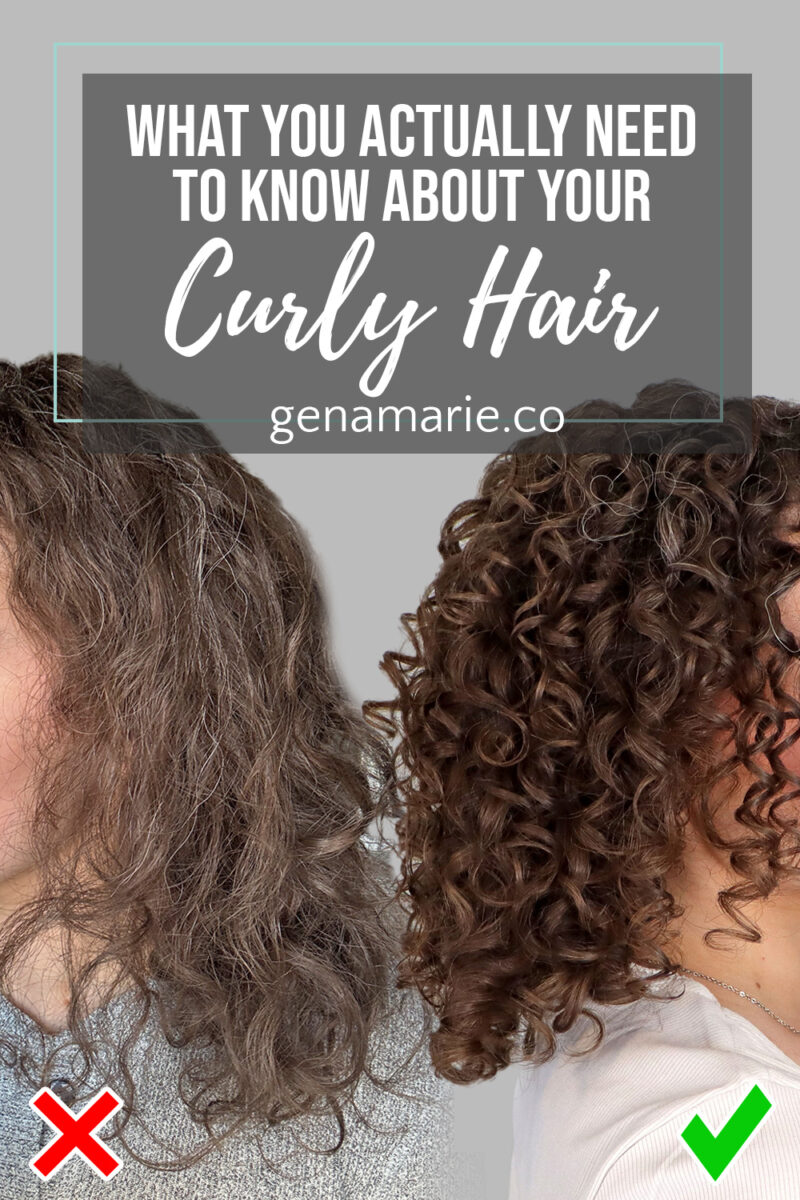
If you can’t wrap your head around your exact curl type, porosity, or the perfect protein-moisture “balance,” that’s ok! The truth is, those things don’t matter
One Response
Hi!
My hair has changed from age, my hair was my best beauty. Now looks like hay. Now curly in back and wavy top and front. Dyed hair can not use strong shampoo, I wash 2 times.
Just bought a defuser and muse .
Will study your teaching meany times
Thank You❤️